GLA-Class Wheel Rims Designs: Essential Styles
Choosing the right wheel rims for your Mercedes-Benz GLA-Class can make a big difference in its look and feel. This guide breaks down the most popular and essential styles, helping you pick the perfect set with confidence. We’ll cover common designs, materials, and what to consider for a stylish and functional upgrade that suits your GLA-Class.
When you’re looking to personalize your Mercedes-Benz GLA-Class, one of the first things people notice is the wheels. The right set of rims can truly transform the vehicle’s appearance, giving it a sportier, more luxurious, or even a rugged look. But with so many options out there, it can feel overwhelming to pick the perfect design. Don’t worry! We’re here to make it simple. This guide will walk you through the most sought-after GLA-Class wheel rim designs, explaining what makes each one stand out. We’ll cover everything from classic looks to modern faves, so you can feel sure about your choice. Let’s get your GLA looking exactly how you want it!
Why Wheel Rims Matter for Your GLA-Class
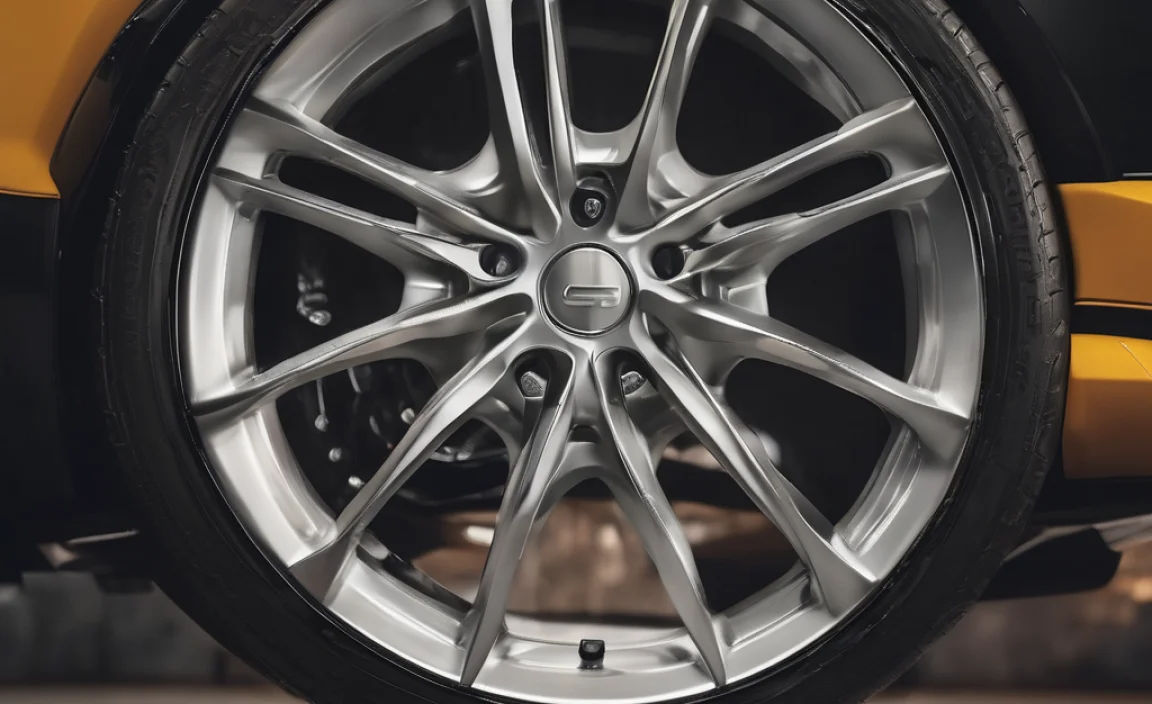
Your GLA-Class is a stylish crossover, and its wheels are like its shoes – they play a huge role in its overall aesthetic. Beyond just looks, different rim designs can affect your vehicle’s performance, handling, and even its fuel efficiency. Choosing wisely means you get a combination of style and smart functionality.
The Impact of Rim Design on Your GLA
Aesthetics: This is usually the main driver. A new set of rims can make your GLA-Class look brand new, more aggressive, or more sophisticated.
Performance: Lighter rims can improve acceleration and braking because there’s less weight for the engine and brakes to manage.
Handling: The width and offset of a rim, along with the tire size it accommodates, can influence how your car corners and grips the road.
Durability: Different materials and construction methods mean some rims are tougher than others, better suited for various driving conditions.
Essential GLA-Class Wheel Rim Designs
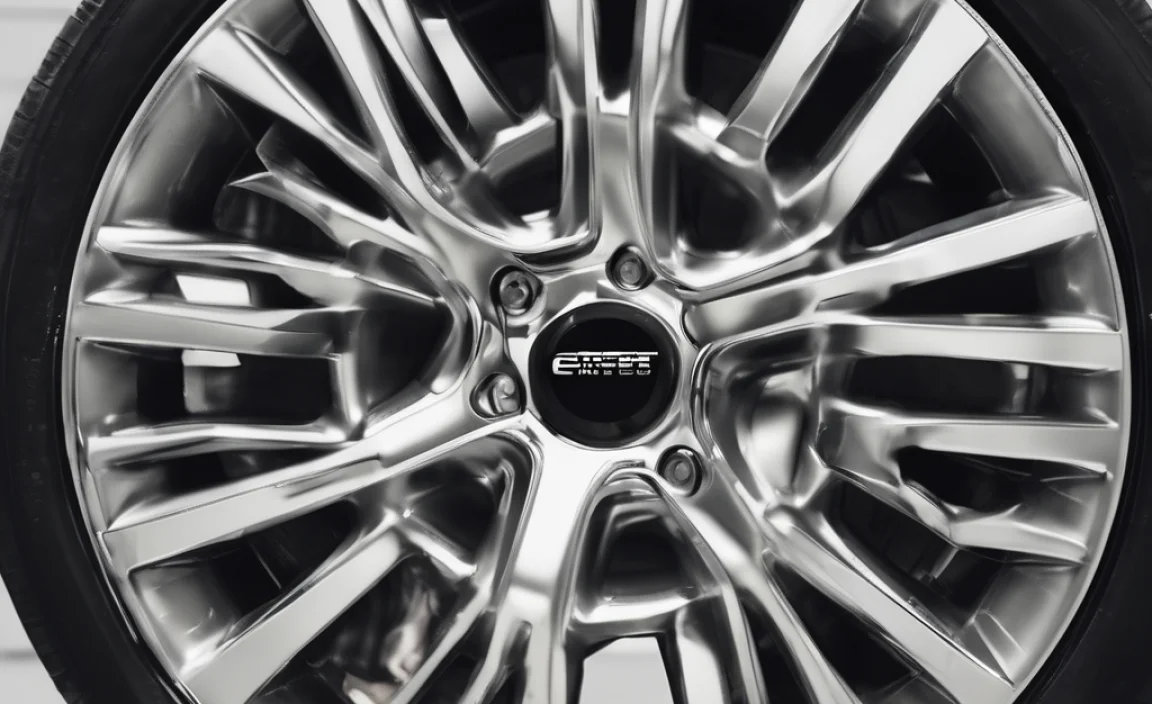
Let’s dive into the most popular and essential styles you’ll find for the Mercedes-Benz GLA-Class. These designs are favored for their ability to complement the vehicle’s dynamic lines and premium feel.
1. Multi-Spoke Designs
Multi-spoke wheels are a perennial favorite for a reason. They offer a sophisticated and sporty look that perfectly matches the GLA-Class’s character.
Characteristics: These rims feature numerous, often thinner spokes. They can range from 7 spokes all the way up to 10, 12, or even more. The spokes can be straight, slightly curved, or intricately shaped.
Why they fit the GLA: They add a sense of lightness and airiness to the wheel, highlighting the brake calipers behind them. This design often conveys a feeling of performance and elegance.
Variations:
The Sleek & Clean: Often found in silver, gray, or black, these have a very balanced spoke arrangement.
The Dynamic: Some multi-spoke designs feature spokes that twist or have a more aggressive, sculpted look.
2. Split-Spoke Designs
Split-spoke wheels have become incredibly popular, especially on performance-oriented vehicles. They offer a modern and aggressive stance.
Characteristics: As the name suggests, each “main” spoke is split, often into two thinner spokes. This creates a more intricate and visually engaging pattern.
Why they fit the GLA: They lend a high-performance, racing-inspired look to the GLA-Class. The complex pattern can make the wheels appear larger and more detailed.
Variations:
The Classic Split: Two distinct spokes originating from the hub, creating a Y-shape.
The Advanced Split: More complex splits, sometimes with spokes that appear to flow into each other or have varied lengths.
3. Five-Spoke Designs
A timeless classic, the five-spoke wheel is a strong contender for its balance of simplicity and dynamism.
Characteristics: These feature five main spokes that typically extend from the center hub to the rim’s edge. They can be thick and robust or more slender and elegant.
Why they fit the GLA: It’s a versatile design that can lean towards sporty or classic depending on the spoke’s shape and finish. It’s a safe yet stylish choice that rarely goes out of fashion.
Variations:
The Chunky: Bulky spokes that convey strength and durability.
The Slim & Sporty: Thinner spokes designed for a lighter, more agile appearance.
4. Mesh Designs
Mesh wheels evoke a sense of intricate craftsmanship and a refined, often European, styling.
Characteristics: These wheels feature a pattern of many thin spokes that crisscross or interconnect, resembling a net or mesh.
Why they fit the GLA: They add a layer of visual complexity and often a touch of classic luxury. They can make the car look more substantial and upscale.
Variations:
The Fine Mesh: A very dense pattern of thin spokes.
The Geometric Mesh: Spokes arranged in a more structured, geometric pattern.
5. Chrome and Polished Finishes
While not a design in itself, the finish dramatically impacts how any rim design looks. Chrome and polished finishes are all about shine and reflection.
Characteristics: Highly reflective surfaces that catch the light beautifully.
Why they fit the GLA: They add a premium, eye-catching element that shouts luxury. Perfect for owners who want their GLA-Class to stand out with a bright, glamorous finish.
Considerations: Can be prone to showing brake dust and require frequent cleaning to maintain their shine.
6. Black and Dark Finishes
Black, gunmetal, or dark gray finishes are extremely popular for a more understated yet aggressive look.
Characteristics: Matte or gloss finishes in deep, dark shades.
Why they fit the GLA: They give the GLA-Class a sportier, more menacing, and modern appearance. They can also make the wheels look slightly larger by reducing visual clutter.
Considerations: Excellent for disguising brake dust between washes.
Materials and Construction: What’s Under the Surface?
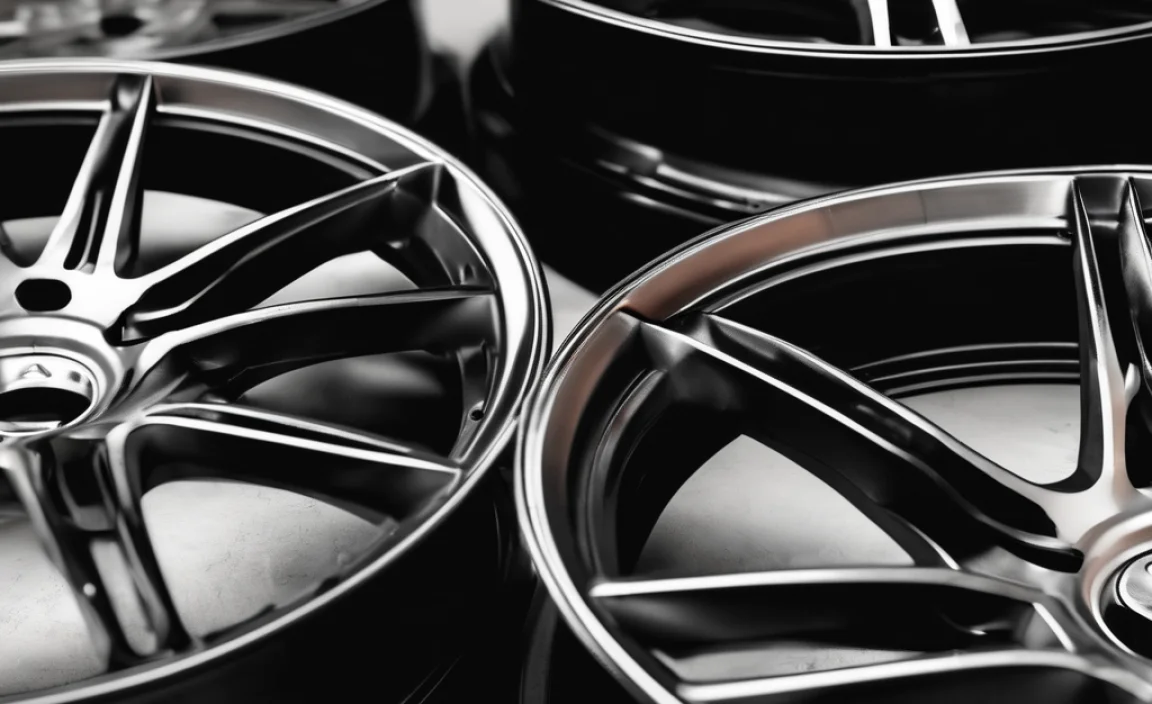
The material and how a rim is made are crucial for its weight, strength, and price. For the GLA-Class, you’ll primarily encounter two types: alloy and cast iron (though factory options are usually alloy).
Alloy Wheels
These are the most common type for modern cars like the GLA-Class, especially as upgrades.
What they are: Made from a mixture of aluminum and other metals.
Pros:
Lighter: Compared to steel, leading to better fuel efficiency and handling.
Corrosion Resistant: Generally hold up better against rust.
Design Versatility: Easier to cast into complex and attractive shapes.
Heat Dissipation: Help cool brakes more effectively.
Cons:
More Expensive: Than basic steel wheels.
Can be Brittle: In severe impacts, they might crack or break rather than bend.
Common Manufacturing Methods:
Casting: Molten alloy is poured into a mold. This is cost-effective but can result in slightly heavier but still strong wheels.
Forging: A solid piece of alloy is heated and then pressed into shape under immense pressure. This creates extremely strong and lightweight wheels but is much more expensive. Forged wheels are often found on high-performance AMG models.
Steel Wheels
Less common for luxury vehicles like the GLA-Class, especially as an aftermarket choice, but good to understand.
What they are: Made from steel alloy. Often found on base models or for winter use.
Pros:
Durable and Tough: Tend to bend rather than crack or break on impact.
Inexpensive: Most affordable option.
Easy to Repair: Can often be straightened if bent.
Cons:
Heavy: Negatively impacts performance and fuel economy.
Prone to Rust: Require protective coatings.
Limited Design Options: Typically plain and utilitarian, often covered with hubcaps.
Choosing the Right Size and Fitment for Your GLA-Class
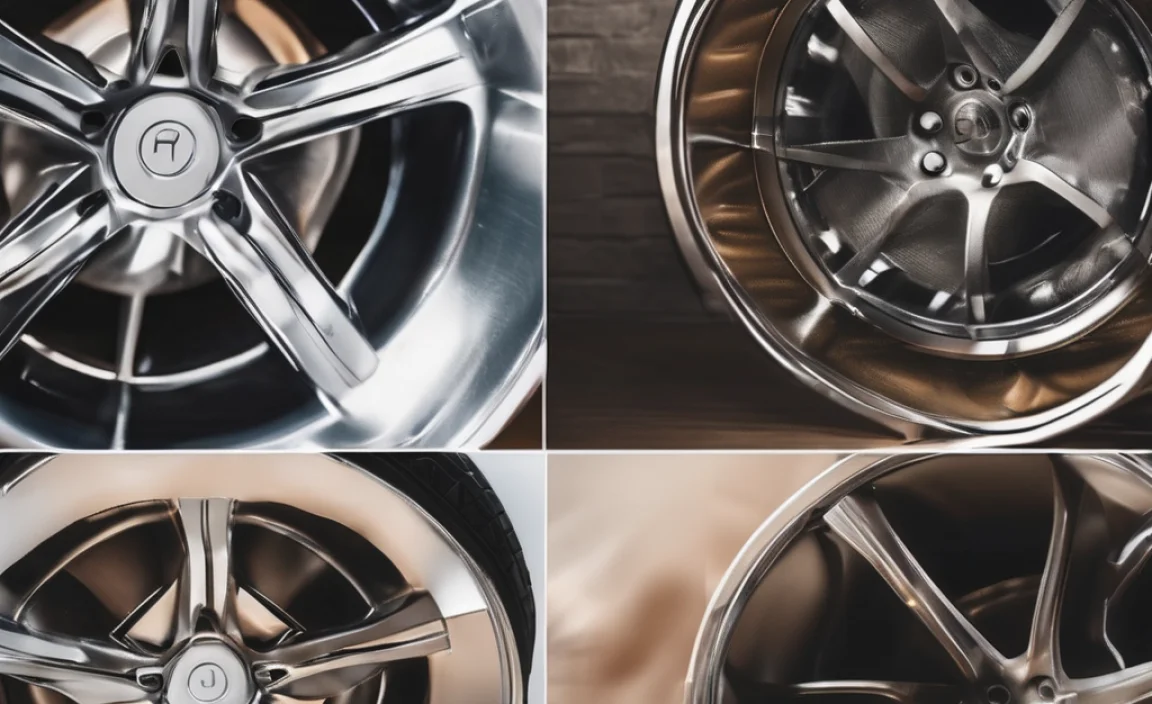
Getting the size and specs right is critical for safety, performance, and avoiding damage to your GLA-Class.
Key Fitment Factors:
Bolt Pattern (PCD): This is the number of lug holes and the diameter of the circle they form. For Mercedes-Benz vehicles, including the GLA-Class, it’s crucial to match this precisely. A common bolt pattern for Mercedes is 5x112mm (5 bolts, 112mm diameter). Always verify for your specific GLA model year. You can find reliable information on bolt patterns from reputable automotive data sites, for example, wheel-size.com.
Offset (ET): This is the distance from the wheel’s mounting surface to the centerline of the wheel.
Positive Offset: The mounting surface is outboard of the wheel’s centerline. Most modern cars, including the GLA-Class, use positive offset.
Negative Offset: The mounting surface is inboard of the wheel’s centerline.
Zero Offset: The mounting surface is exactly at the wheel’s centerline.
Why it matters: Incorrect offset can cause your wheels to rub against suspension components or the fender, leading to damage and poor handling. Mercedes-Benz GLA models typically have a positive offset, often in the ET range of +38mm to +44mm, but this can vary. Refer to your owner’s manual or a trusted Mercedes-Benz parts specialist.
Center Bore: The size of the hole in the center of the wheel that fits over your car’s hub. Mercedes vehicles often have a specific center bore size (e.g., 66.6mm). If a new wheel has a larger center bore, “hub-centric rings” are used to ensure a perfect, vibration-free fit.
Diameter and Width:
Diameter: Rims are measured in inches (e.g., 17″, 18″, 19″, 20″). Larger diameters usually mean lower-profile tires. Your GLA-Class has a recommended range; going too large can cause tire rubbing and affect speedometer accuracy.
Width: Measured in inches (e.g., 7.5″, 8″, 8.5″). This affects the tire size you can fit safely.
Tire Size: The rim width dictates the range of tire widths that can be safely mounted. Ensure the tire size you choose complements the rim and fits your GLA-Class without rubbing.
Safety and Legal Considerations
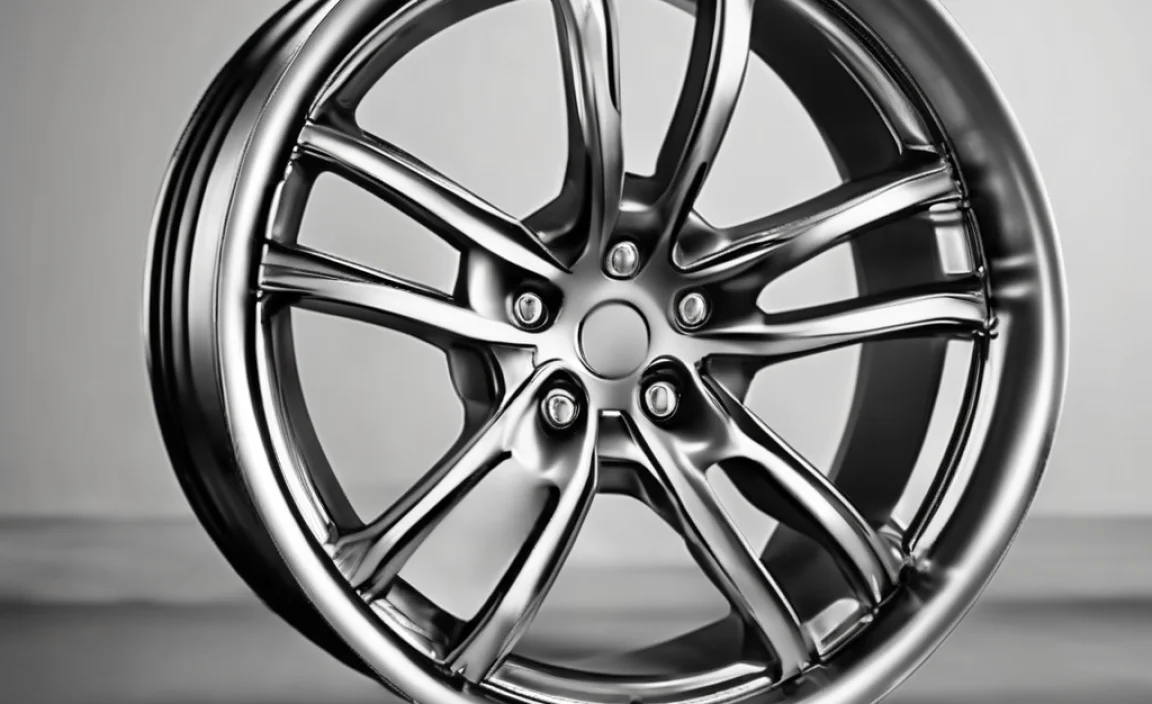
When upgrading your GLA’s wheels, safety and legality are paramount.
Tire Load Rating: Ensure the tires you fit have a load rating sufficient for your GLA-Class’s weight. Information can be found in your owner’s manual.
Speed Rating: Tires also have speed ratings. Using tires with an adequate speed rating is crucial for safe driving, especially at higher speeds.
Tire Pressure Monitoring System (TPMS): Modern cars like the GLA-Class use TPMS. Ensure your new wheels are compatible or that the TPMS sensors can be transferred or replaced.
Local Regulations: Some areas have regulations regarding wheel size and fender coverage. Always check your local laws.
How to Choose the Best Rims for Your GLA-Class: A Step-by-Step Approach
Ready to select your new wheels? Here’s a simple process to guide you.
1. Define Your Budget: Rims vary widely in price. Set a realistic budget before you start shopping.
2. Identify Your Style Goal: Do you want a sporty, elegant, aggressive, or subtle look? Browse images of GLA-Class models with different rim styles to find what appeals to you.
3. Determine Necessary Specifications:
Check your owner’s manual for the manufacturer’s recommended rim diameter, width, offset, and bolt pattern.
Alternatively, use online tools like tyrefactory.com.au/offsets (note: this link provides general offset information, always cross-reference with Mercedes-Benz specifications) or consult a reputable wheel dealer.
4. Select Preferred Designs and Finishes: Based on your style goal, choose from the essential designs (multi-spoke, split-spoke, etc.) and finishes (black, chrome, silver) discussed earlier.
5. Verify Fitment Compatibility: This is the most critical step.
Ensure the bolt pattern (PCD) matches your GLA-Class (likely 5x112mm).
Confirm the offset (ET) is within the acceptable range for your GLA model.
Verify the center bore size and consider hub-centric rings if needed.
Ensure the overall diameter and width are compatible with your vehicle and won’t cause rubbing.
6. Consider Tire Pairing: If you’re buying new tires, ensure they are compatible with the new rim width and meet your vehicle’s load and speed requirements.
7. Research Reputable Brands and Retailers: Look for well-known brands that specialize in Mercedes-Benz fitments. Buy from reputable dealers who can verify fitment and offer warranties.
8. “Test Fit” Virtually: Many online retailers offer visualizer tools where you can upload a picture of your GLA-Class and see how different wheels look.
9. Factor in Installation: If you’re not comfortable installing them yourself, budget for professional mounting and balancing.
GLA-Class Wheel Rim Styles: A Quick Comparison Table
Here’s a snapshot to help you compare some of the popular styles.
| Style | Key Features | Aesthetic Appeal | Common Finishes | Best For |
|---|---|---|---|---|
| Multi-Spoke | Many thin spokes (7-12+) | Elegant, sophisticated, lightweight | Silver, Gray, Black, Polished | Daily driving, refined look |
| Split-Spoke | Main spokes split into two | Sporty, aggressive, modern | Black, Gunmetal, Machined Face, Chrome | Performance-oriented drivers, bold styling |
| Five-Spoke | Five distinct, often robust spokes | Classic, strong, balanced | Silver, Gray, Black, Machined Face | Timeless appeal, versatile |
| Mesh | Intricate network of crisscrossing spokes | Luxurious, detailed, classic | Chrome, Silver, Grey | Upscale styling, unique look |
FAQ: Your GLA-Class Wheel Rim Questions Answered
Q1: What is the standard bolt pattern for a Mercedes-Benz GLA-Class?
A1: The standard bolt pattern (PCD) for most Mercedes-Benz GLA-Class models is 5x112mm. This means there are 5 lug bolts arranged in a circle with a diameter of 112 millimeters. It’s always best to double-check your specific model year in your owner’s manual.
Q2: Can I put larger wheels on my GLA-Class?
A2: Yes, often you can fit larger diameter wheels than stock, moving up to 19 or 20 inches is common. However, you must ensure that the overall tire diameter remains similar to the original to avoid speedometer errors and potential rubbing. Also, consider the impact on ride comfort and suspension wear.
Q3: What does the “ET” number mean on a wheel?
A3: “ET” refers to the wheel’s offset, measured in millimeters. It’s the distance between the wheel’s centerline and its mounting surface. A positive ET (common on GLA-Class) means the mounting surface is closer to the outside of the wheel. Using the correct offset is vital to prevent the wheels from rubbing on suspension parts or the fenders.
Q4: How do I know if my new wheels will fit my GLA-Class without rubbing?
A4: You need to ensure the bolt pattern, offset, center bore, rim width, and tire size are all compatible. Online wheel configurators and reputable wheel dealers can help verify fitment. Always consult your owner’s manual or a Mercedes-Benz specialist for precise specifications.
Q5: What are the benefits of lighter alloy wheels for my GLA-Class?
A5: Lighter wheels reduce unsprung mass, which can improve acceleration, braking, handling, and fuel efficiency. They also make the suspension work more efficiently, leading to a smoother ride and better tire contact with the road.
Q6: Should I consider the material of the wheel rim?
A6: Absolutely. Alloy wheels (cast or forged) are common for their balance of strength, lightness, and aesthetic appeal. Forged alloy wheels are the strongest and lightest but also the most expensive, often found on high-performance AMG models. Steel wheels are heavy and less decorative.
Q7: Do I need special tools or knowledge